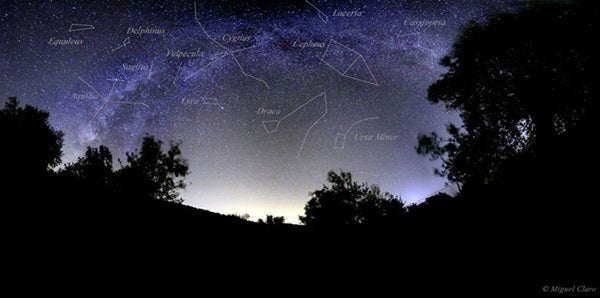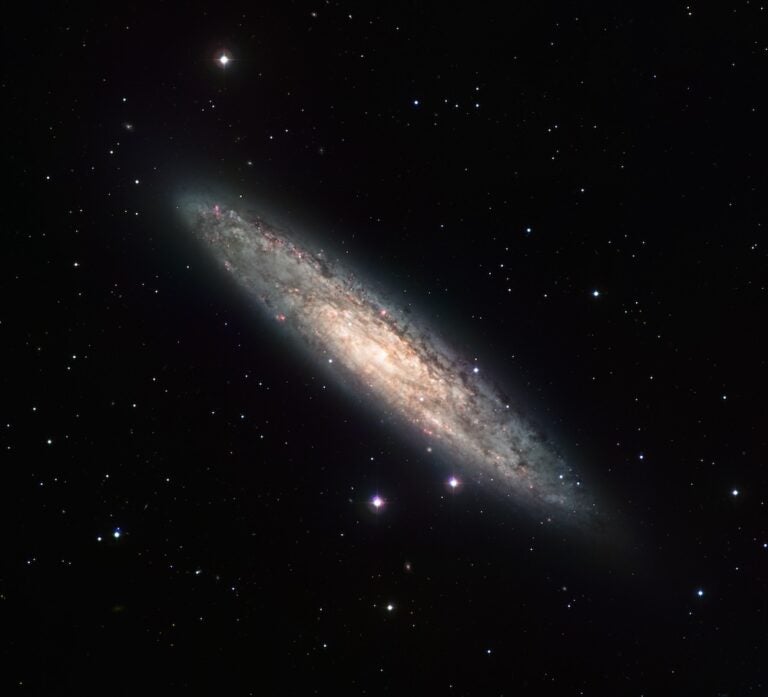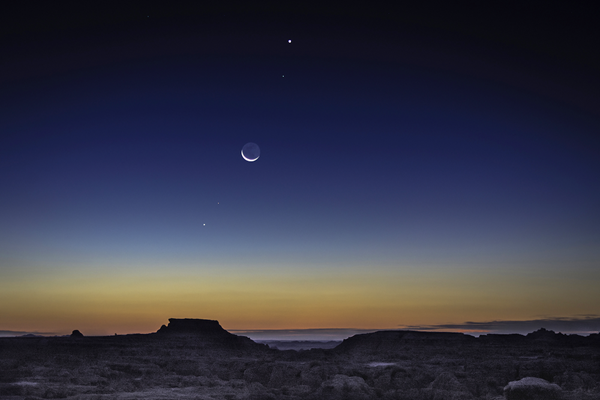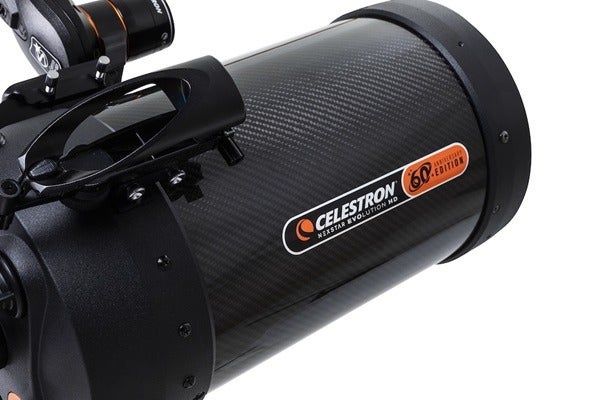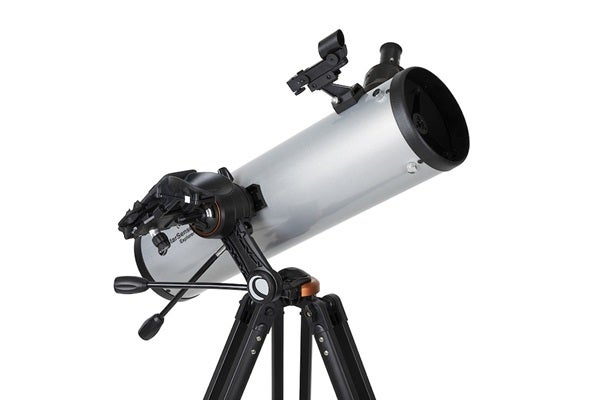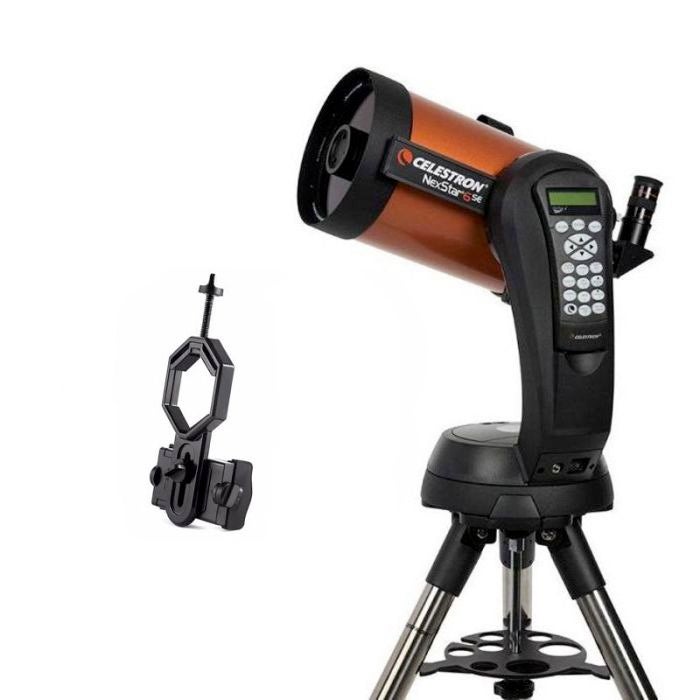Astronomers first formally addressed these problems in 1922 at the initial meeting of the International Astronomical Union. They formed Commission No. 3, headed by Belgian-French astronomer Eugène Joseph Delporte. His task was to scientifically define the constellations and assign their boundaries.
Delporte’s group finished their study and presented their report in 1928, and two years later the book Délimitation Scientifique des Constellations, tables et cartes with the official list and boundaries appeared.
As the commission performed its duties, members incorporated two general rules. First, all of the constellation borders followed lines of right ascension (R.A.) and declination (Dec.), the celestial coordinate system astronomers use. In the 85 years since 1930, however, a long-term motion of our planet called precession has altered the boundaries so that they no longer exactly follow current R.A. and Dec. lines.
Second, the group tried to accommodate the historical shapes of the constellations
and not impose a square or rectangular region where it didn’t make sense. The legacy we have, then, is 88 figures whose borders follow lines of celestial coordinates and which still make sense historically.
Senior Editor

